Table Of Content
Shopify and Taxes: Navigating E-commerce Taxation
In an e-commerce industry, as a Shopify business owner, you must know about taxes. Taxes play an important role in your e-commerce business. It affects how to set up your product prices and manage your finances. How to learn, understand, and apply the taxes in an online store can be a complex task. In this blog post, we will learn about different types of Shopify’s sales tax and how to set it up in your business and change the tax settings.
1. What is a Sales tax?
Sales tax is a consumption tax that is applied by the government on the sale of any products or services. This is collected by the merchants at the time of checkout for the customers, and after that, these collected taxes are paid to government agencies. Shopify doesn’t apply and control sales taxes automatically for your business, so as a seller, you are responsible for setting up and managing sales tax manually for every transaction of your e-commerce store.
2. What are different types of sales taxes?
There are different types of sales tax present according to country or location; we need to understand this, and then we can set up.
- GST: An Australian sales tax in Shopify; if you are running your business in Australia, then you need to understand Australian GST. In Australia, 10% tax is added.
- Nexus: An USA sales tax; if you deliver your products in the USA, then you need to know about Nexus. You can set up Nexus for USA locations. Nexus laws and rates are different according to state. For example, California’s sales tax is around 7% and Colorado is about 2.9%.
- GST/HST: A GST/HST is the Canadian sales tax. For delivery of products or operating your business in Canada, you need to know about GST/HST rates in Canada. The Canadian sales tax is approximately 5% on goods and services. If you earn more than $30,000 CAD annually, then you need to register for GST/HST.
- VAT: The European sales tax is VAT. If your business is running in European countries and your business revenue is more than €35,000, then you need to register for a VAT number. VAT rates can vary according to countries; there are three types of VAT rates: standard rate, reduced rate, and zero rate. The standard rate applied between 15% and 25%, the reduced rate applied approximately 5%, and the zero rate applied to medical equipment.
3. How to set up taxes in Shopify?
For the setup of the Shopify store sales tax process, you need to follow the below points. –
- Login to Shopify admin -> Settings -> Taxes and duties
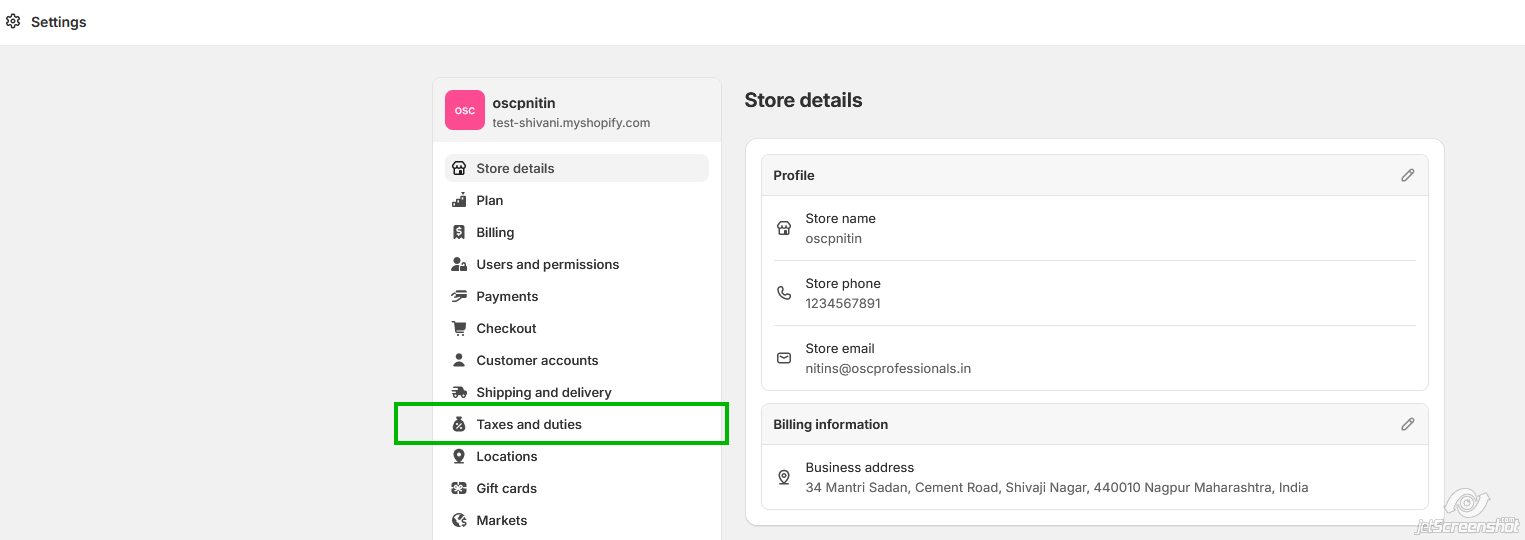
- Select the country or location.
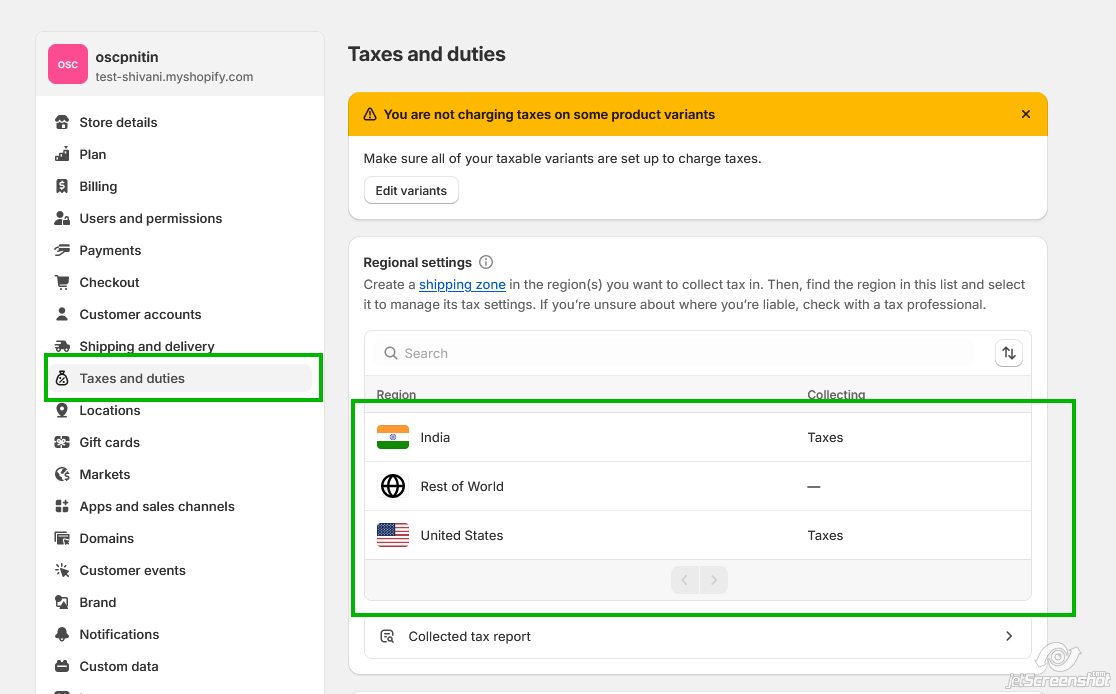
- Setup tax rate in this example we set for India, so need to set up state wise.
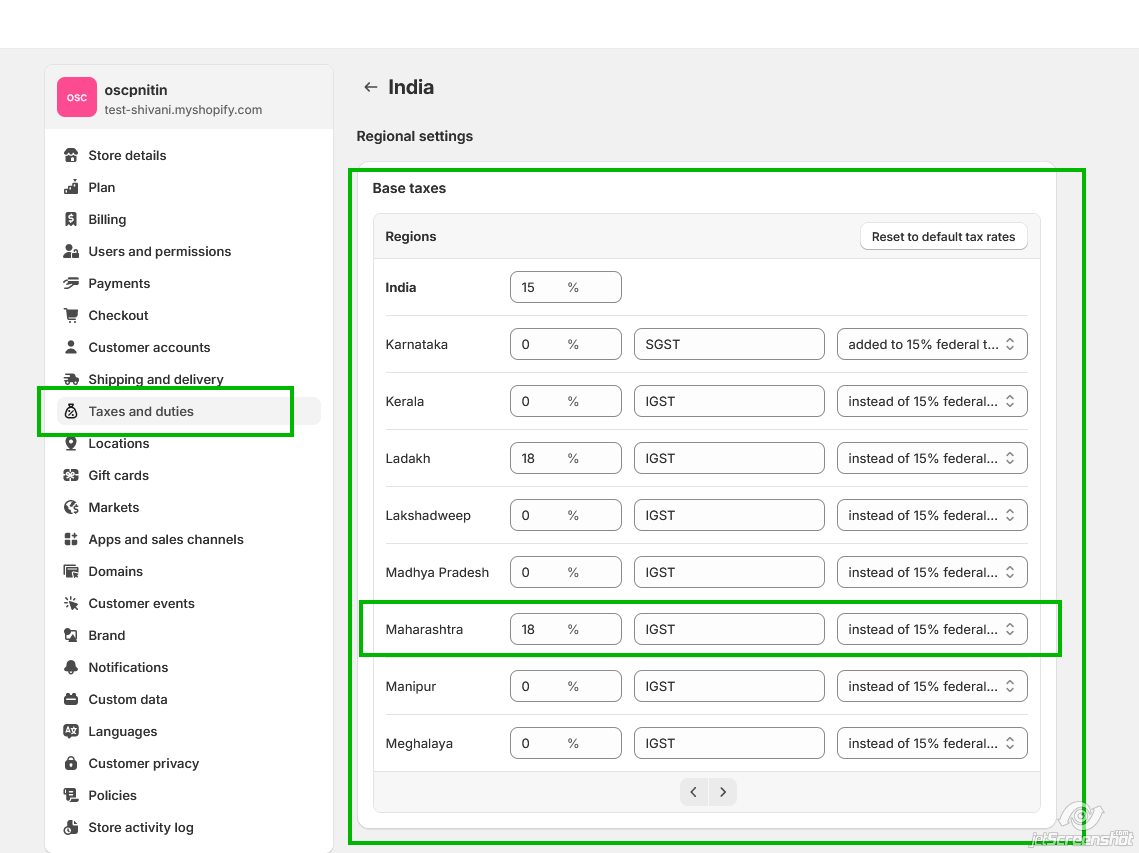
- After that, we need to edit the product and check the “charge tax on this product.
Admin -> Products -> Select Product -> Edit
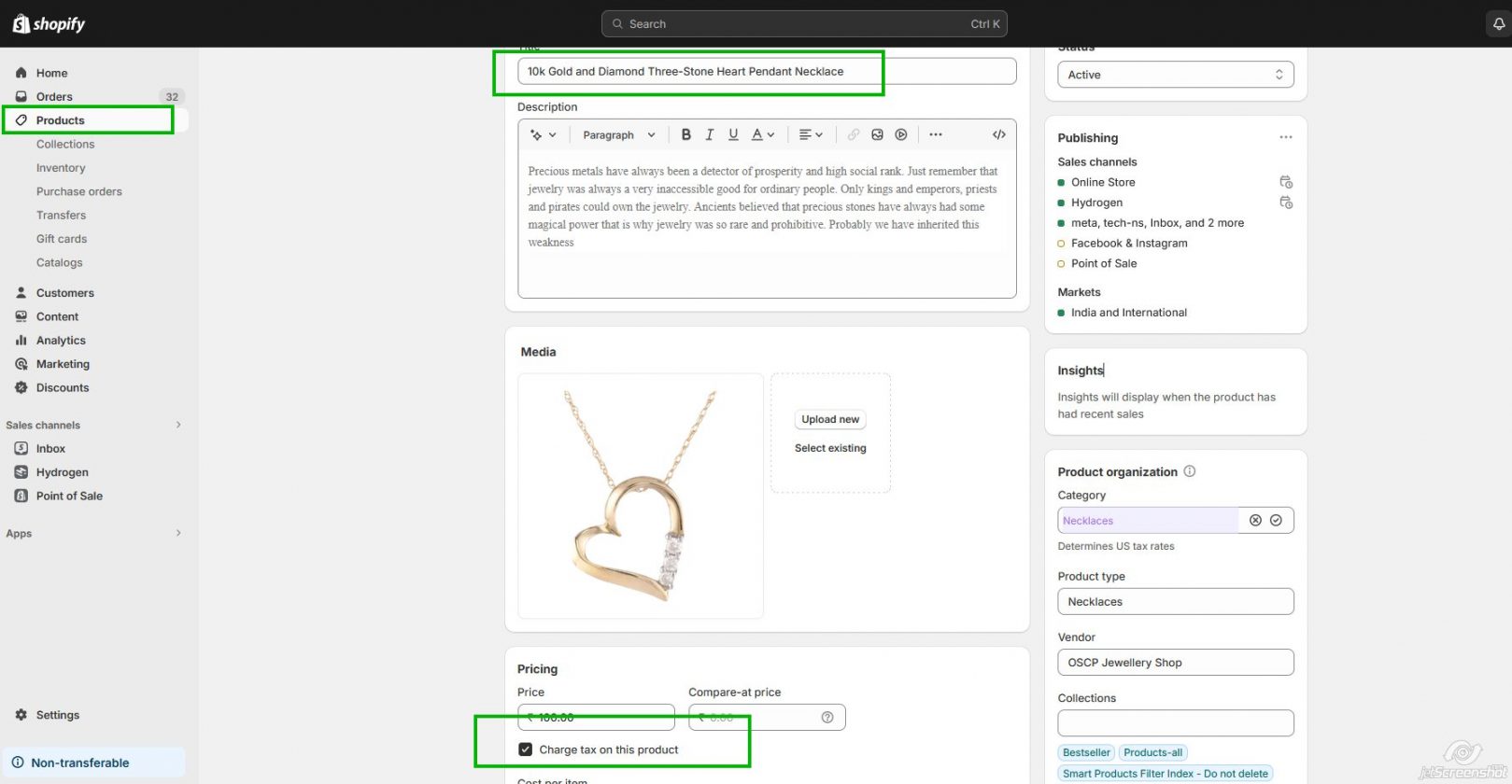
- Place a test order and check in order.
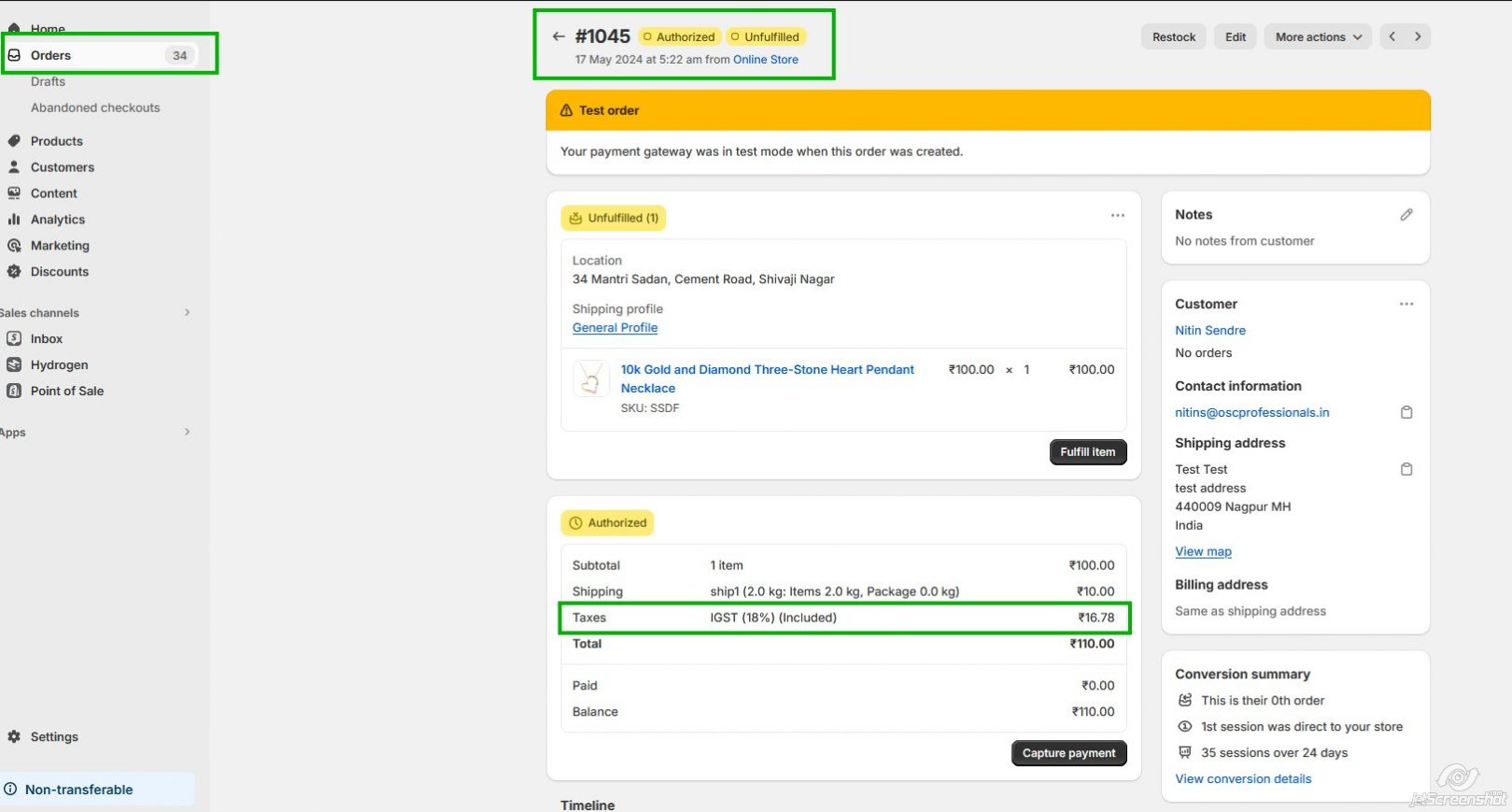
- If you want to exempt any customer from tax, then you need to edit the customer.
Admin -> Customers -> Select Customer -> Customer Manage tax exemptions
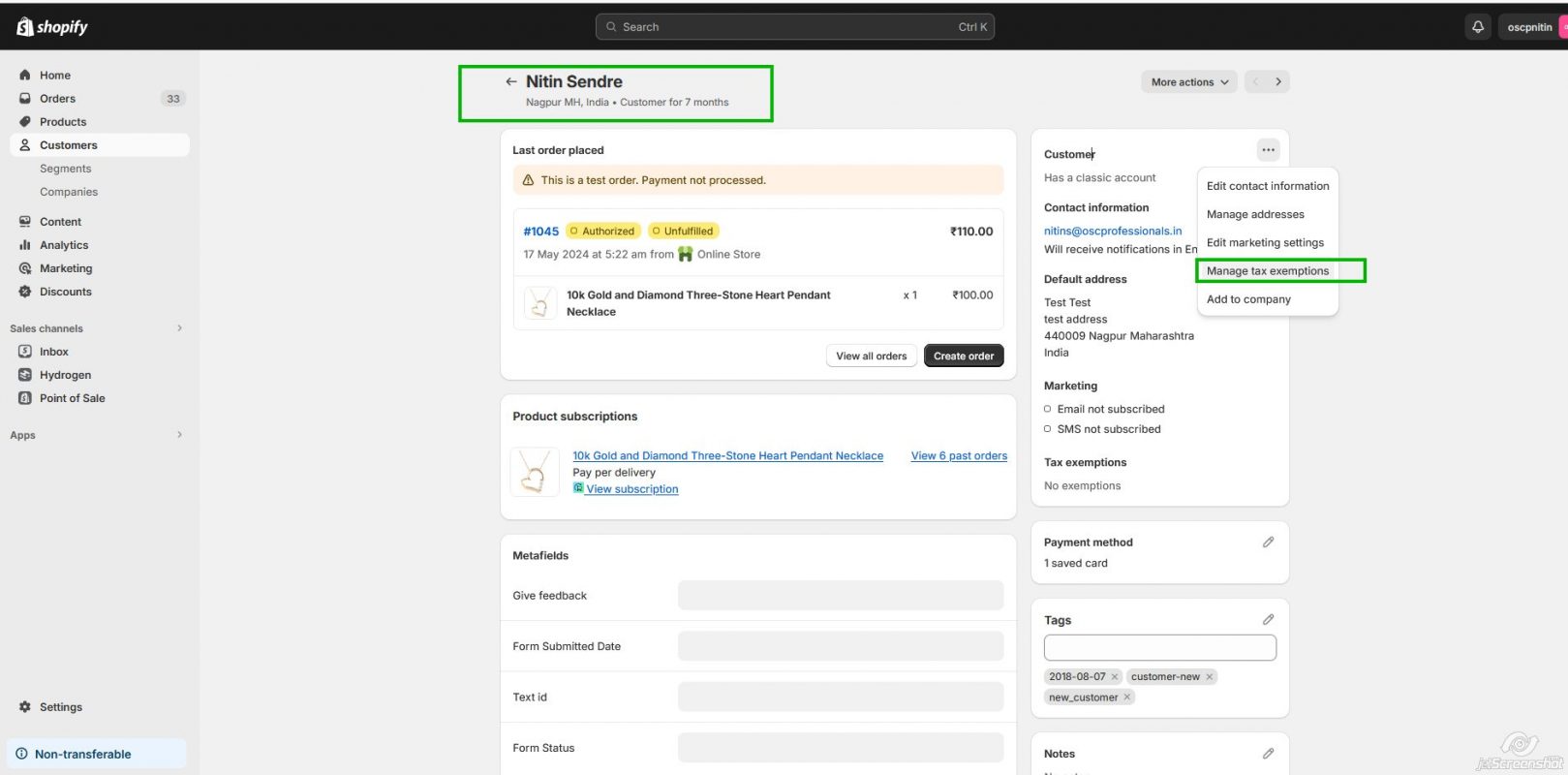
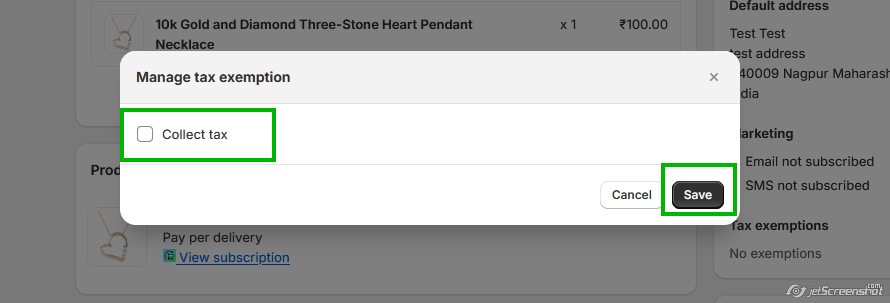
- After exemptions, place a test order and check in order.
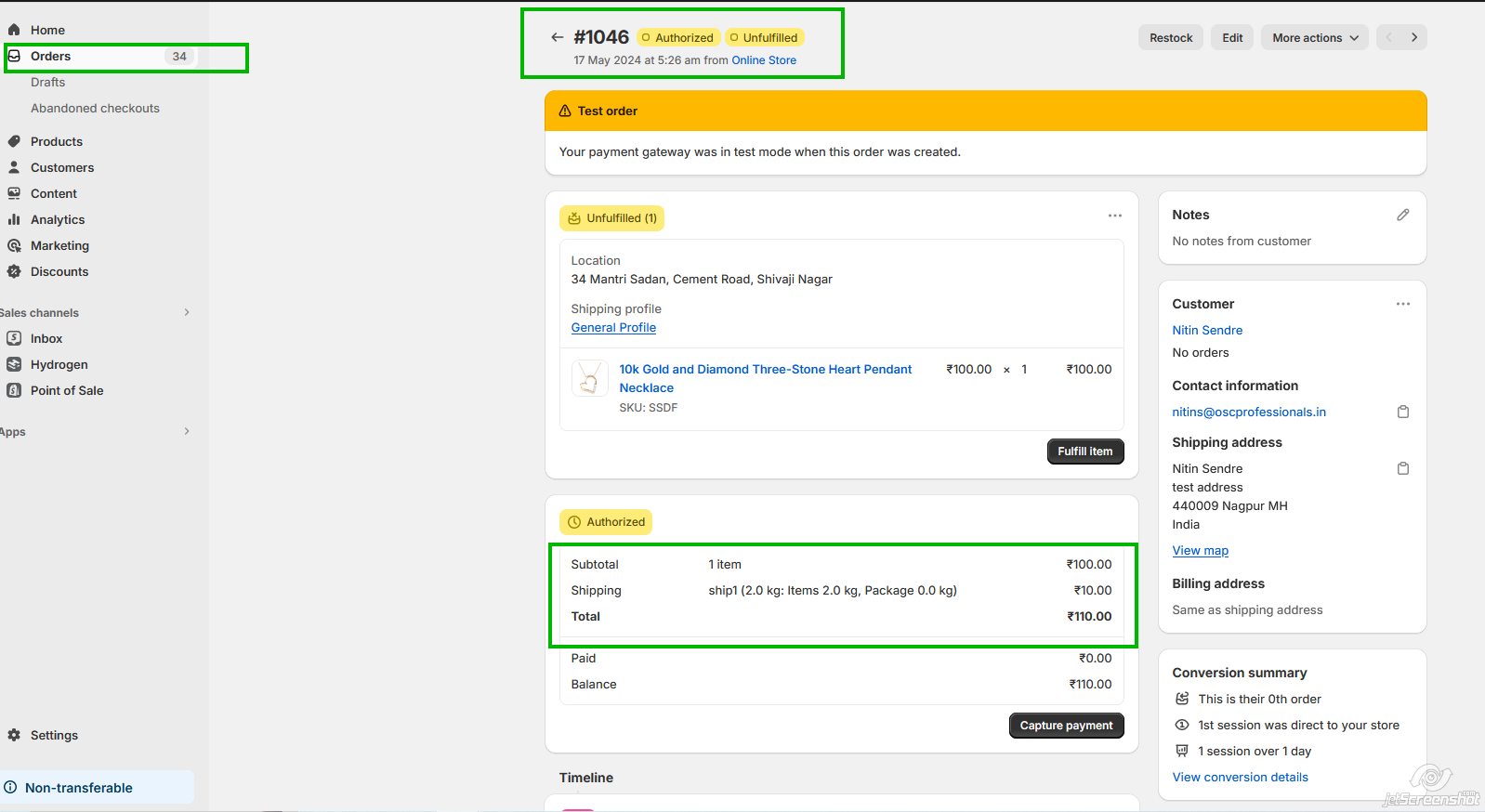
Conclusion
It is very important to set up and manage sales tax for your online business. To follow these points, you can set up the taxes in your store. For this, we need to understand sales tax correctly and international tax requirements. If you properly set up the tax rates, then you will not face any problem at the time of paying GST for which you did not collect tax from the buyer. It increases your net profit. Proper setup of your tax not only secures your business as long as it is an easy shopping experience for your customers.

